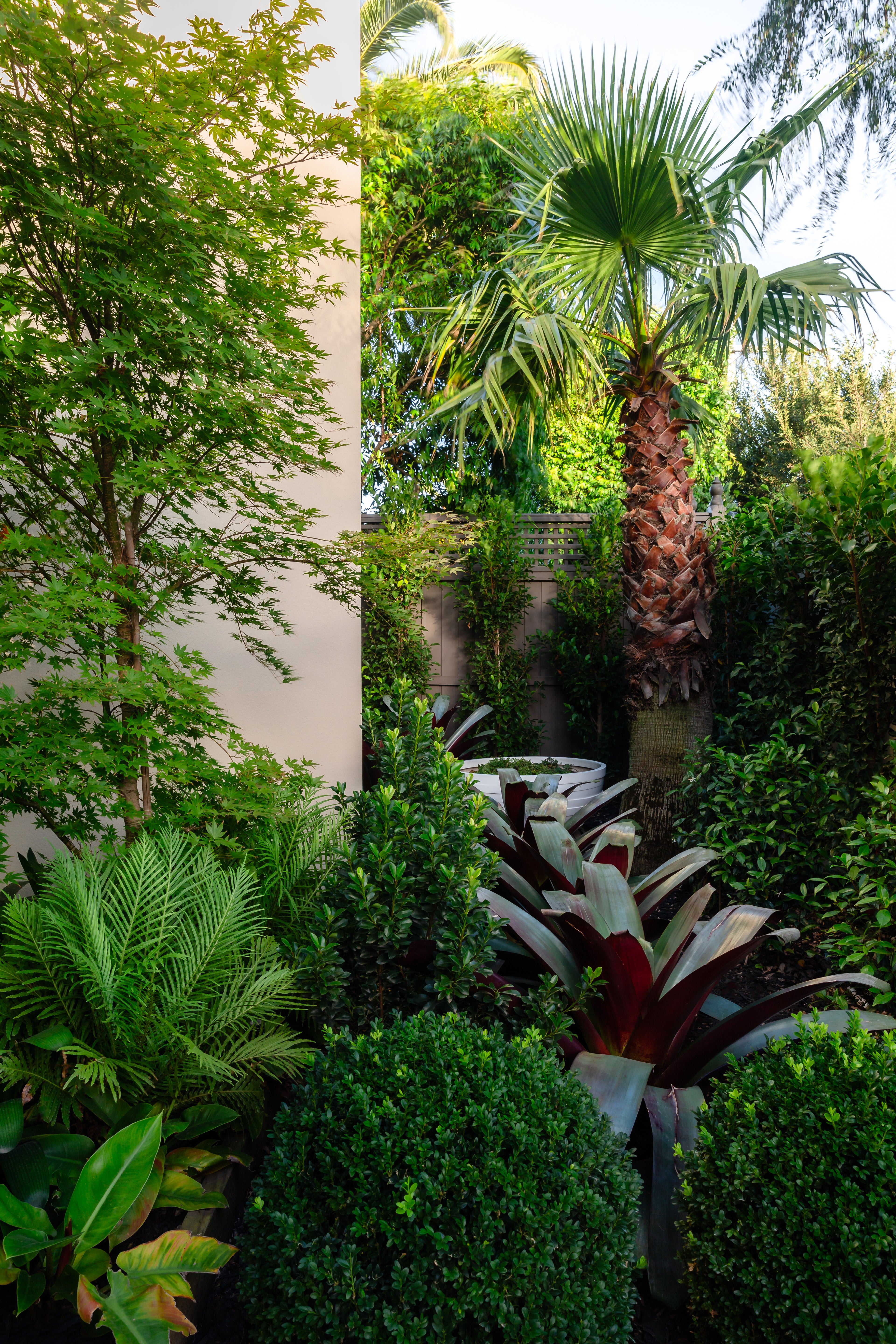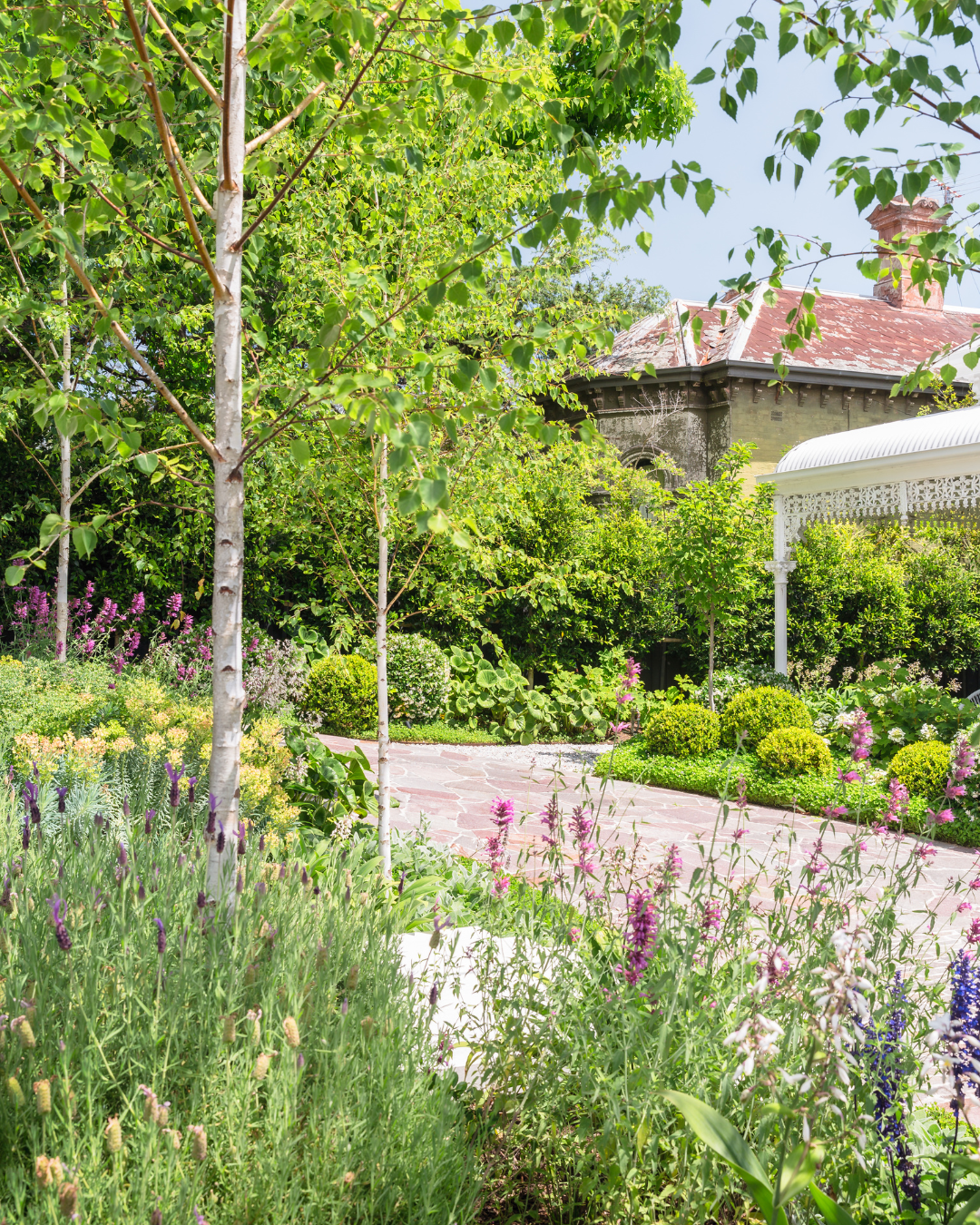As the season of renewal approaches, many homeowners turn their attention to their gardens, eager to infuse life and color into their outdoor spaces. However, maintaining a garden can feel daunting for those with busy schedules. The solution? Opting for low-maintenance trees that require minimal care yet offer beauty, shade, and charm throughout the year. This guide will explore three excellent choices for a low-maintenance garden: Acer campestre (Field Maple), Crepe Myrtle, and Ficus Flash. These trees are resilient and bring a touch of elegance and tranquility to any garden.
The Benefits of Low-Maintenance Trees
Low-maintenance trees are a boon for homeowners who wish to enjoy the beauty of nature without the constant demands of garden upkeep. These trees are typically drought-resistant and pest-resistant and require minimal pruning. They thrive with little intervention, making them ideal for those who want to enjoy their garden without the burden of constant care. Moreover, low-maintenance trees contribute to the overall health of the garden ecosystem by providing shade, reducing soil erosion, and supporting local wildlife.
Acer campestre (Field Maple)
Overview
Acer campestre, commonly known as the Field Maple, is a deciduous tree native to Europe and parts of Asia. It is renowned for its adaptability and resilience, making it a top choice for low-maintenance gardens. The Field Maple can grow up to 15 meters tall, though it often stays smaller when cultivated in gardens, reaching around 8-10 meters.
Key Features
- Drought-resistant: Once established, the Field Maple requires minimal watering, making it an excellent choice for gardens experiencing dry spells.
- Pest-Resistant: This tree is generally free from major pests and diseases, reducing the need for chemical treatments.
- Beautiful Foliage: The leaves of the Field Maple turn a stunning golden yellow in the autumn, adding seasonal interest to your garden.
- Low Pruning Needs: The Field Maple is naturally attractive, requiring only occasional pruning to maintain its form.

Ideal Planting Conditions
Acer campestre thrives in various soil types, including clay, loam, and sandy soils. It prefers well-drained soil and can tolerate both full sun and partial shade. Planting this tree in early spring ensures it establishes well before the summer heat sets in.
Crepe Myrtle
Overview
The Crepe Myrtle (Lagerstroemia indica) is a deciduous tree cherished for its long-lasting summer blooms and attractive bark. Native to Southeast Asia, this tree has become a popular choice for gardens worldwide, particularly for those seeking low-maintenance beauty. The Crepe Myrtle can range from small shrubs to large trees, with heights varying from 3 to 8 meters depending on the variety.
Key Features
- Long Blooming Season: The Crepe Myrtle produces vibrant flowers from mid-summer to early autumn, offering a splash of color when most other plants have finished blooming.
- Minimal Watering Needs: Once established, the Crepe Myrtle is drought-tolerant, requiring little watering.
- Disease-Resistant: This tree is resistant to many common diseases, including powdery mildew, making it a low-maintenance option.
- Versatile Growth: Crepe Myrtles can be grown as shrubs, small trees, or even in pots, making them adaptable to various garden sizes and styles.
Ideal Planting Conditions
Crepe Myrtles thrive in well-drained soil with full sun exposure. They tolerate various soil types but perform best in slightly acidic to neutral pH levels. Early spring is the best time to plant them, allowing them to establish before the summer.
Ficus Flash
Overview
Ficus Flash (Ficus microcarpa 'Flash') is an evergreen tree known for its glossy foliage and dense canopy. This tree is a fantastic choice for privacy screens or as a statement piece in the garden. Native to Southeast Asia, Ficus Flash is well-suited to warm climates and requires minimal care once established.
Key Features
- Evergreen Foliage: Ficus Flash retains its lush green leaves year-round, providing consistent greenery in your garden.
- Fast-Growing: This tree grows rapidly, making it an excellent choice for creating quick privacy barriers or adding structure to the garden.
- Low Water Needs: Once established, Ficus Flash is drought-tolerant and requires minimal watering.
- Minimal Pruning: The tree is naturally dense and attractive, needing only occasional pruning to maintain its form.
Ideal Planting Conditions
Ficus Flash thrives in well-drained, fertile soil and prefers full sun to partial shade. It is highly adaptable and can tolerate a range of soil types, though it prefers slightly acidic to neutral pH. Planting in spring allows the tree to establish itself before the onset of hot weather.
Tips for a Low-Maintenance Garden
Creating a low-maintenance garden is about more than just choosing the right trees. Here are some additional tips to ensure your garden remains easy to care for:
- Mulch Around Trees: Applying a layer of mulch around the base of your trees helps retain moisture, reduce weeds, and protect the roots from temperature extremes.
- Group Plants by Water Needs: Plant trees and shrubs with similar water requirements together. This reduces the need for watering and ensures each plant receives the appropriate moisture.
- Automate Watering: Consider installing a drip irrigation system or soaker hoses to automate watering. This will ensure that your trees receive consistent hydration without manual watering.
- Choose Native Plants: Native plants are adapted to the local climate and soil conditions, making them more resilient and requiring less maintenance.
FAQs
Q1: How often should I water my low-maintenance trees?
A: Once established, low-maintenance trees like Acer campestre, Crepe Myrtle, and Ficus Flash require minimal watering. During dry spells, a deep watering every two weeks should suffice.
Q2: Do I need to fertilize these trees regularly?
A: These trees typically do not require regular fertilization. A slow-release fertilizer in early spring can promote healthy growth, but it's not always necessary.
Q3: Can I plant these trees in pots?
A: Crepe Myrtle and Ficus Flash can be grown in large pots, making them suitable for patios or small gardens. Ensure the pots have good drainage and use high-quality potting soil.
Conclusion
Choosing the right trees for your low-maintenance garden doesn't mean compromising on beauty or variety. With Acer Campestre, Crepe Myrtle, and Ficus Flash, you can enjoy a stunning, low-maintenance garden that thrives with minimal care. With their resilience and beauty, these trees are perfect for busy homeowners looking to create a serene and manageable outdoor space. As you prepare your garden this spring, consider incorporating these low-maintenance trees to ensure your garden remains a source of joy rather than a chore.












